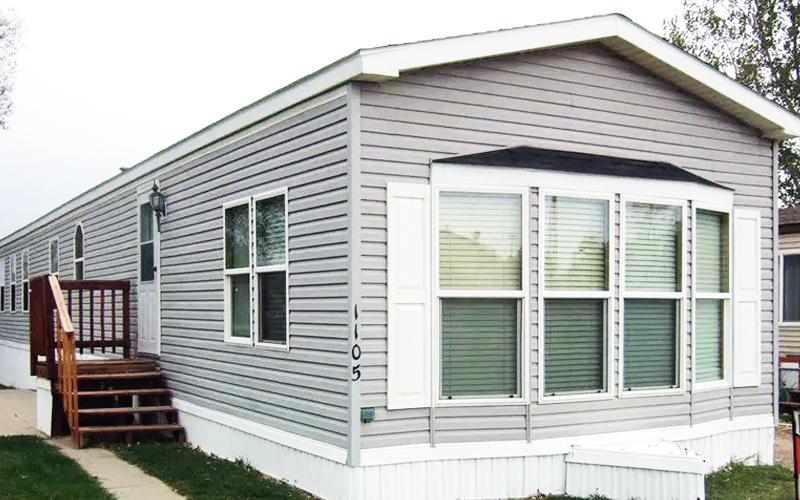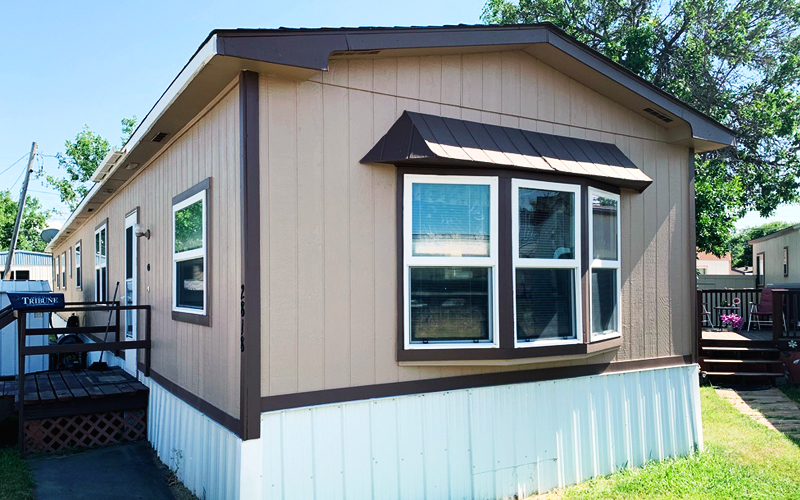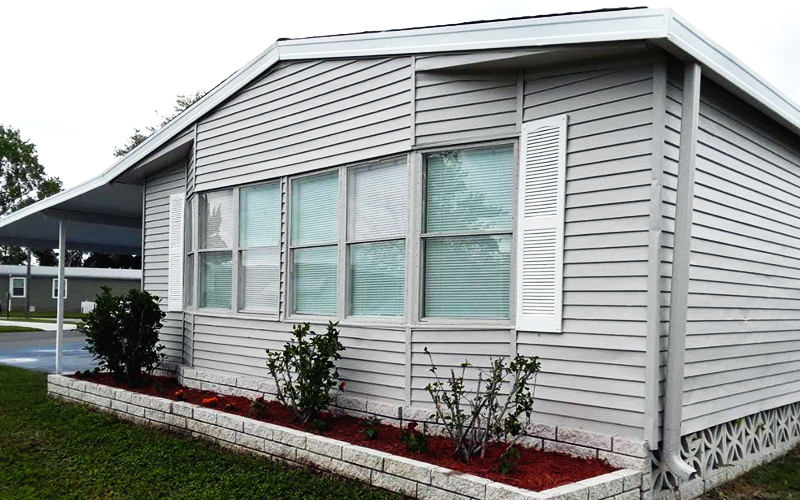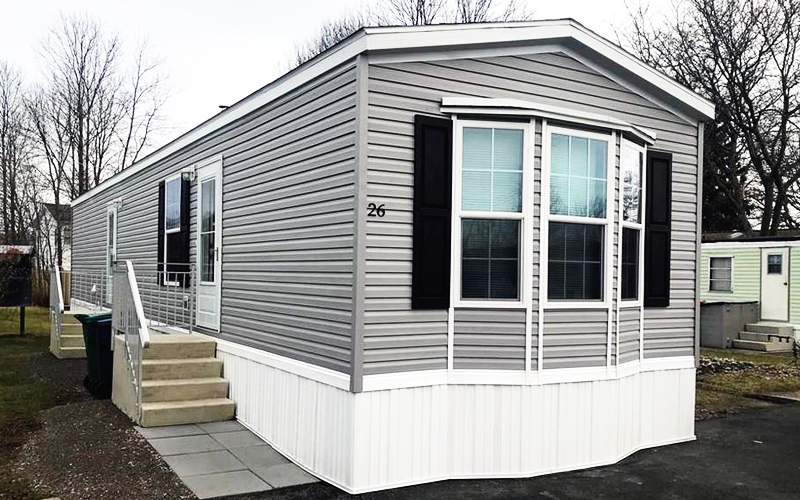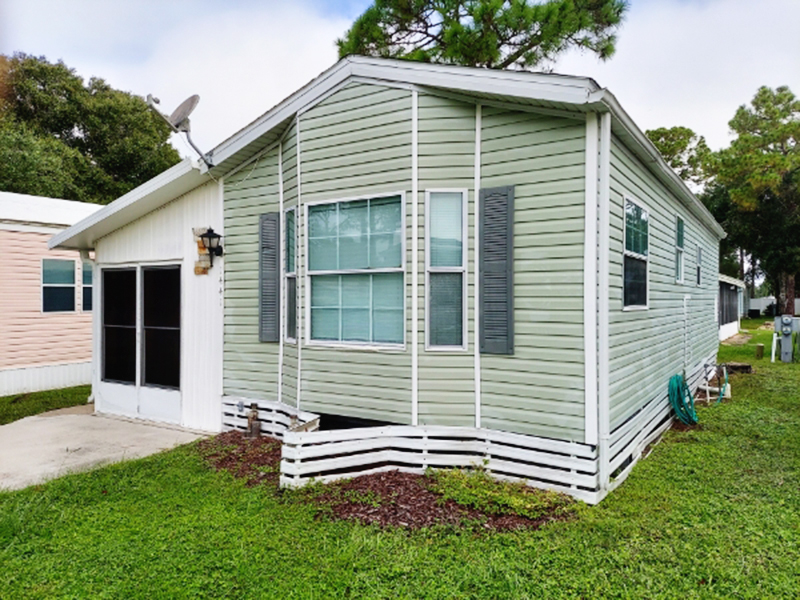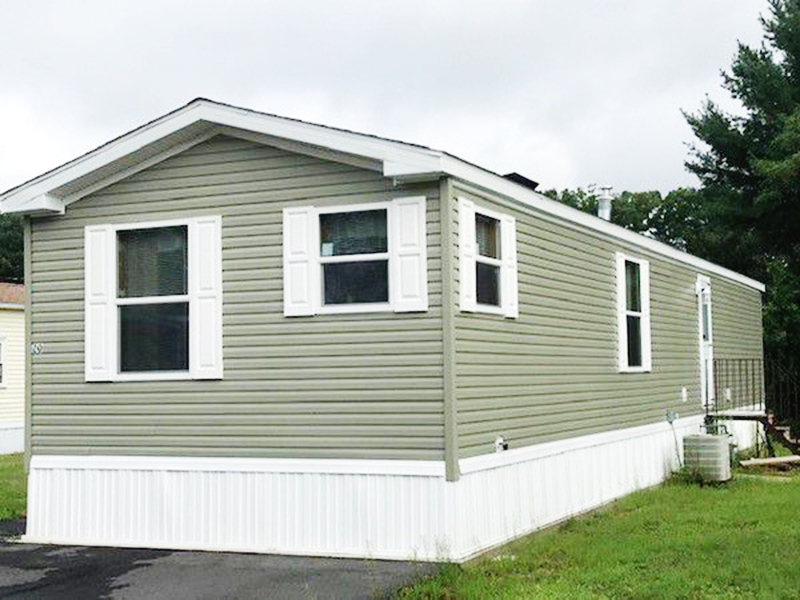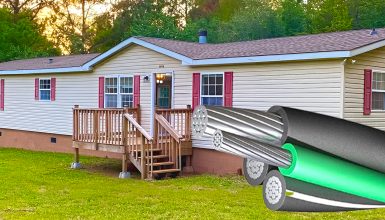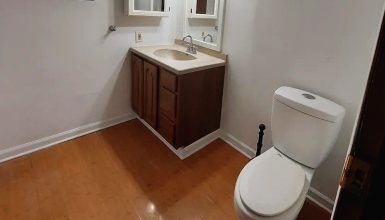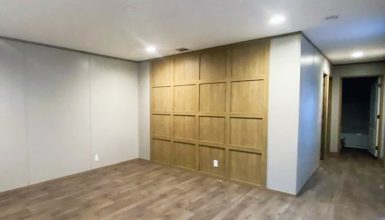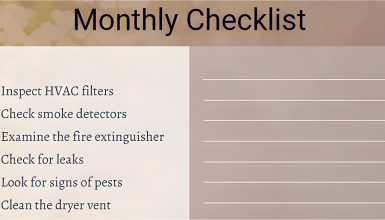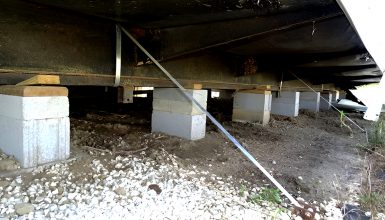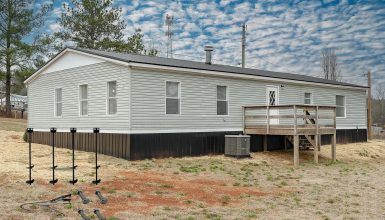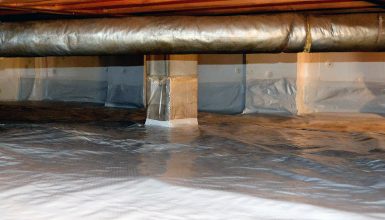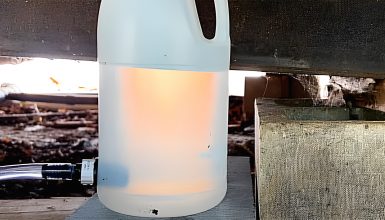Old, drafty windows can make your mobile home feel like a tent, and nobody wants that—time for a switcheroo. But hold on, this isn’t some endless renovation saga. With the right tools and a solid game plan, you can get those new windows in before the next episode of your favorite show even starts. So let’s do this—step-by-step, start to finish. By the end of this guide, you’ll be a bona fide window-replacing guru. Ready to get this DIY party started? Dive in!
Section | Summary | Tips |
Make sure you have all the essentials like screws, a screwdriver, measuring tape, level, caulk, and sealing tape. | Lay out your tools and materials neatly so you can find them easily when needed. | |
Check the condition and size of your current windows to determine what needs replacing. | Take photos of your existing setup; it's useful for before-and-after comparisons and for any future projects. | |
Measure existing window openings and choose new windows that fit these dimensions. | Always measure twice and leave a gap for insulation. | |
Safely remove the existing windows, including all frames and hardware. | Keep a trash bag or bin handy for quick cleanup. | |
Unbox and inspect your new windows. Prepare them for installation by applying any necessary sealing or stripping. | Read the manufacturer’s instructions carefully, even if you think you know what you’re doing. | |
Fit the new window into the opening, ensuring it's level and secure. | Have a buddy help you hold the window in place while you secure it. | |
Add trim, paint, and any additional hardware like handles or locks. | Keep a damp cloth handy to quickly wipe away any excess paint or caulk. | |
Go through common issues that might crop up and how to fix them. | Don't hesitate to consult customer service for extra guidance. |
Tools and Materials
Before we swing into action, we need the right gear. Think of it as assembling your superhero toolkit. No cape is required, but a few essentials will make your window-replacing mission a breeze.
Tools
First off, the tape measure. A trusty tape measure is your best friend in this game. You want to get those dimensions spot-on, so there’s no messing around later. So grab it and make sure it’s like a trusty sidekick at your side.
Hammer time! (Sorry, couldn’t resist.) A hammer is your go-to for all the little nudges and taps. Do nails need removing? Hammer’s got your back.
Now, screwdrivers. You’ll want a set that has both flathead and Phillips because, let’s face it, old windows can throw some curveballs at you. The more options, the better.
Don’t underestimate the pry bar. This bad boy will help you loosen those stubborn old windows like a charm. Trust me, you’ll feel like a pro as you pop those frames out.
Utility knife, anyone? Say goodbye to old caulk and say hello to smooth surfaces. A clean start is vital for your new windows.
And let’s talk level. Slanted windows? Nope, not on our watch. A level will make sure everything is straight and, well, level.
Materials
Time for materials. First up, your brand-new windows, of course. Throw in some sealing tape for a no-draft zone. Grab insulation to stuff those gaps and high-quality caulk to seal them up.
Safety check! Goggles protect your eyes; gloves guard your hands. Safety first makes for happy DIY-ing.
There we have it! Tools ready, materials on deck, and safety gear in place. Now we’re cooking with gas. Ready to dive into the next step? Let’s go!
Evaluate Existing Windows
Ready for some window detective work? Yeah, you heard me. We’re about to investigate the scene—those old windows. Knowing what you’re working with is half the battle.
First up, take a good, hard look. Cracked panes? Drafty corners? Moisture trapped between the layers? Any of these red flags mean it’s high time for those windows to hit the road.
It’s time to bring out your trusty tape measure again. Measure the height and the width, and don’t forget the depth. Write those numbers down. You’ll need them when you go shopping for their replacements. And remember, measure twice, so you only have to install once.
While you’re at it, think about style. Do you want to stick with what you’ve got or shake things up? Maybe swap out that old sliding window for a fancy casement style? It’s your home; make it reflect you.
Pay attention to how your current windows open and close. Is it a struggle? Do they stick? The way they operate could help you decide on the type of new windows to get. If your old ones were a hassle, you don’t want to sign up for round two of that!
Last but not least, take note of any mold, rot, or warped frames. These could point to bigger issues you’ll want to address before installing new windows. Yep, this step is all about gathering intel.
So, are we feeling clued in? Awesome. Knowing what you’re up against sets the stage for a smoother process. Let’s keep this momentum going!
Choose the Right Replacement Windows
We’ve done our homework, right? Got the deets on the old windows. So now comes the fun part—shopping! It’s time to pick out those new stunners that’ll turn your mobile home into a showstopper.
1. Dimensions
First stop: dimensions. Standard mobile home windows are generally smaller. Why? It’s all about that precious wall space. Here are some of the most common mobile home window sizes: 30″ by 60″, 36″ by 60″ and 36″ by 54″.
2. Materials
Next stop: material. Aluminum or vinyl? Aluminum is lighter but can be a little noisier. Vinyl is more energy-efficient but can be pricier. Think about what matters most to you and go from there.
3. Panes
Now, let’s talk panes. Single or double? Single is cheaper, but let’s face it, it is not that great at keeping out the cold or noise. Double-pane, on the other hand, is like the VIP section of window options. Better insulation less noise, but yes, they do cost more.
4. Styles
Window style, anyone? From sliding to casement, there’s something for every vibe. Consider how much natural light you want, how big you want to go, and how you want these windows to open and close. You’re set to make an informed choice with those dimensions you took earlier.
5. Grids
Let’s get a bit fancy. Do you want grids or no grids? Tinted or clear? These little details can make a difference in how your new windows look and feel.
6. Budget
Last but not least, know your numbers. Make sure your new windows fit within your budget. High-end options might look tempting, but remember, a well-installed mid-range window can outperform a poorly installed high-end one.
Step-by-Step Replacing Mobile Home Windows
Tools? Check. New windows? Check. Game face? Double-check! Let’s roll up those sleeves and get to the fun—installing your new windows!
Step 1: Remove the Old Windows
It’s time to roll up those sleeves. This step is all about saying goodbye to those old windows. A bit nostalgic? Maybe. But we’ve got bigger and better things ahead, my friend.
Safety gear on! Slip those goggles over your eyes and get those gloves on your hands. Baby, we’re in the demo phase, and safety is our VIP.
Step one: Unscrew the old windows. Arm yourself with that trusty screwdriver. Start at the top, move to the sides, and finish at the bottom. Keep these screws handy; you never know when they might be useful for other projects.
Now, the pry bar enters the scene. Wedge it under the frame and apply some good ol’ elbow grease. Hear that? It’s the sound of your old window losing its grip.
Feeling resistance? Grab your hammer and gently tap the pry bar. A few nudges should do the trick. If it’s still stubborn, double-check for any hidden screws you might have missed. Trust me, they can be sneaky.
Boom, it’s out! But we’re not done yet. Grab your utility knife to scrape away any leftover caulk or paint. Think of it as prepping the canvas for your new masterpiece.
Clean-up time! Sweep away any debris, old screws, or splinters. Starting with a clean area will make installing your new window a snap.
Step 2: Prepare the New Windows
Get ready because the show’s star is now—your shiny new windows! Think of this as the “prep rally” before the big game. We’ve booted out the old, and now it’s all about setting the stage for the new.
First off, unbox those beauties. Carefully, now; no need to channel your inner Hulk. Check for any cracks, chips, or damages. All good? Great, let’s move on.
Now, a little insider tip: dry-fit the window. Slide it into the opening to make sure it fits like a glove. Too snug or too loose? Now’s the time to adjust the size of the opening. Remember, measure twice, fit once!
Let’s talk sealant. Grab your sealing tape and apply it around the window’s edge. This is your first defense against drafts and leaks. Make it count. Ensure the tape adheres well to the frame, especially at the corners. No cutting corners on this step!
Take your caulk gun and go to town on the window sill and sides. Make a continuous bead, smooth and even. This seals the deal—literally. It’s like adding a security detail that keeps out the cold and damp.
Step 3: Installing the New Window
Alright, this is it—the moment we’ve been prepping for. The tools are ready, the stage is set, and those new windows are just itching to shine. Phase 3 is where the magic happens, and you’re the magician.
Start strong. Lift that new window and gently place it into the opening. Yep, this is a two-person job. Call a buddy or family member to give you a hand. Teamwork makes the dream work!
Once it’s in, don’t let go just yet. One of you needs to hold the window in place while the other checks the fit. Remember that level we talked about? Time for its grand appearance. Place it on the sill. If that bubble is dead center, you’re golden.
Now for the screws. Use your screwdriver or a drill if you’re feeling fancy. Secure the window at the top first, then the middle, and finish at the bottom. Tight but not too tight—you don’t want to crack the frame.
Insulation is next on the agenda. Fill those gaps between the window and the wall. You’re locking in warmth and keeping out drafts. Think of it as tucking your window into bed, cozy and snug.
Almost there! Grab your caulk gun again and seal the edges. We want this to be a no-entry zone for air and water. Smooth it out with a putty knife or your finger, making it neat and clean.
Step back. Take a look. What do you see? A brand-spanking-new window that’s all set to make your mobile home look and feel amazing.
Step 4: Finishing Touches
We’ve installed, we’ve sealed, we’ve conquered. Now it’s time to make it pretty!
First, let’s talk trim. Wood or vinyl? Painted or natural? The choice is yours, but remember, the trim is like the frame of your new picture-perfect window. Measure, cut, and attach it securely. Nails or adhesive work great here.
Up next is paint. If you’ve chosen wooden trim, now’s the time to show off your color palette. Go bold, neutral, or even match it to your home’s existing scheme. Make sure to use exterior-grade paint for a long-lasting finish.
While the paint’s drying, let’s focus on the glass. Grab your favorite glass cleaner and make that window sparkle. No smudges allowed; this is its big debut!
Oh, and don’t forget the hardware. Elegant handles or sleek locks can make a difference in the overall look. Screw them in and give them a quick polish. Voila, another dash of style!
Before we wrap, take a second to test everything. Does the window open and close smoothly? Does the lock secure properly? All good? Fantastic!
Troubleshooting
Oh, hit a snag? Don’t sweat it. DIY life is all about rolling with the punches. Let’s dive into some common hiccups and how to tackle them, like the pro you’re becoming.
1. Window won’t close right
First up: The window won’t close right. This is often a leveling issue. Whip out that level again and double-check. If it’s off, loosen the screws, adjust, and tighten them back. Problem solved.
2. Drafts sneaking
Are drafts sneaking in? It’s time to re-inspect that caulk and sealing tape. Make sure it’s applied evenly and fills all those sneaky little gaps. No room for draft dodgers here!
3. Leaky window
Leaky window? Water should only come in when you invite it, am I right? Check the sealant and make sure there are no cracks or missed spots. A little extra caulk can go a long way in plugging leaks.
4. Handle’s acting up
Oh, the handle’s acting up? Unscrew it, check for obstructions, and then re-screw. Sometimes, it’s just a little thing causing big drama.
Is it still stuck? Don’t hesitate to consult the experts. Sometimes, a quick chat with customer service can turn on that light bulb.
Remember, troubleshooting is just another step on the stairway of DIY mastery. Each issue you conquer makes you more of an expert for next time.
Costs to Replace Mobile Home Windows
How much is this window switcheroo going to cost you? Let’s break it down, shall we?
First off, window prices vary. You could snag a basic window for as low as $100. But if you’re eyeing those double-pane, energy-efficient wonders? You’re looking at upwards of $400 each.
Materials matter. Vinyl windows might be easy on the wallet, but wood or aluminum? Not so much. They’re the high-maintenance friends of the window world. You love them, but they’ll cost you.
Don’t forget labor. You’ll need a pro unless you’re rolling up your sleeves for some DIY action. And pros don’t come cheap. Think $100 to $300 per window for the install alone.
And then, there’s the unexpected. You might uncover some rotten wood that needs replacing or realize your window openings are anything but standard. Always, and I mean always, budget for those little surprises. Add an extra 20% to your estimated cost to keep your sanity intact.
It might be tempting to cut corners, especially if you’re replacing multiple windows. Resist that urge. Quality now saves headaches later. Remember, these windows are an investment in your mobile home’s future. So choose wisely and budget generously.

